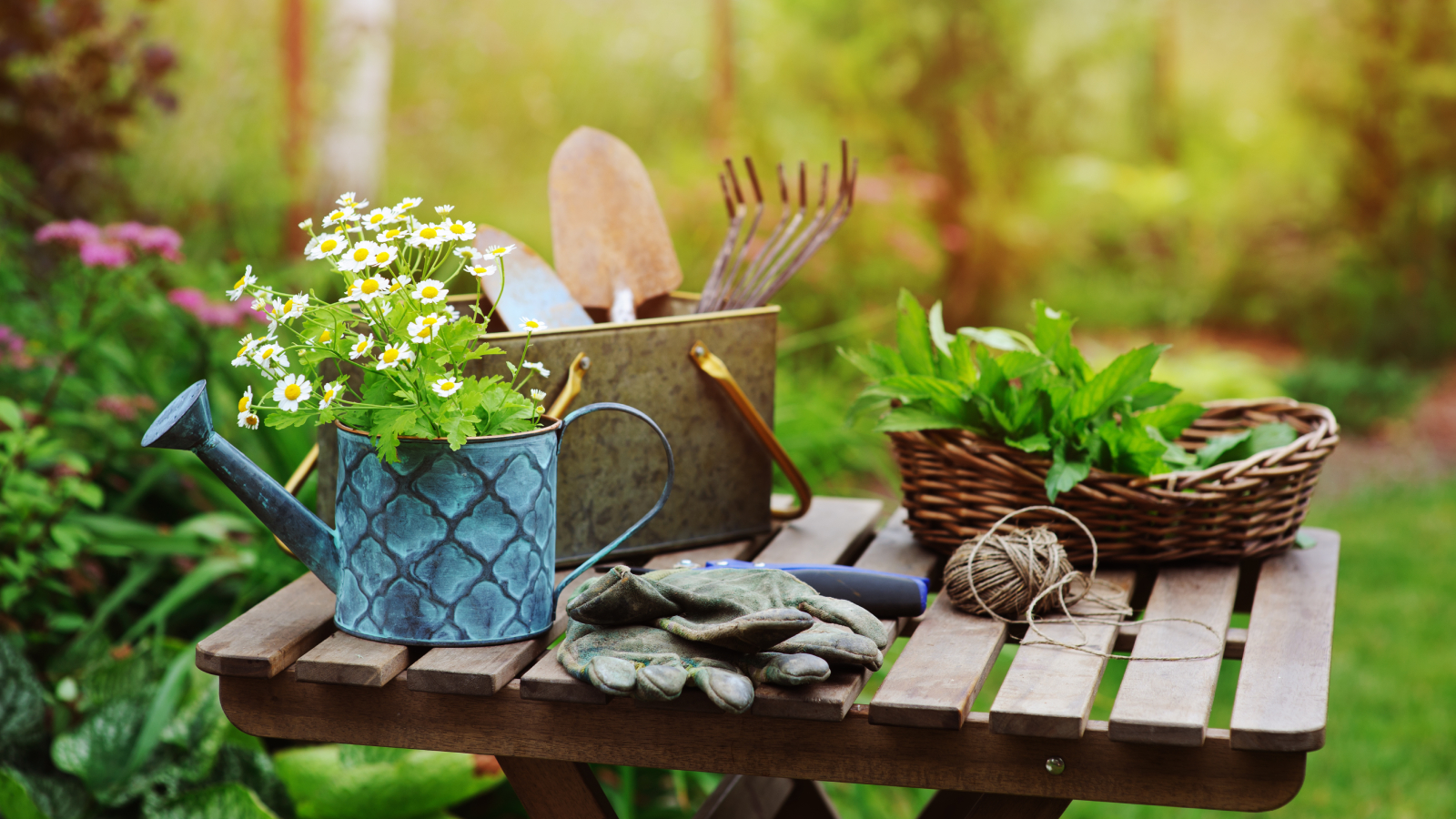June Gardening Tasks: What To Do In The Garden This Month In Your Region
June garden chores may differ by locale. But this regional to-do list will help gardeners across the country manage garden tasks in a timely manner.


The creation of your own regional to-do list is an excellent way to manage garden tasks in a timely manner, appropriate for your own garden. Let’s take a closer look at regional gardening in June.
What To Do in June in the Garden
Whether a beginning gardener or a seasoned hobbyist, keeping track of gardening chores can be challenging. While online advice can be helpful, information regarding what to do in the garden will vary greatly depending upon your growing zone. Localized growing conditions may add even further confusion. June garden chores, for example, may differ widely across the United States.
Northwest
- June in the Northwest is ideal for continued garden weeding. Since many seedlings may still be small, this is imperative to prevent overcrowding or competition.
- Those who have planted cool season annual crops may also find this to be the ideal time to begin or continue harvesting. Both lettuce and snap peas flourish in early-season cool temperatures.
- As the weather begins to warm, many areas of the Northwest will see that gardening in June is the time to transplant tender vegetables into the garden or begin direct sowing.
West
- Regional gardening in the West often includes the preparation and maintenance of drip irrigation lines. Irrigation will be key to plant health during the driest portions of the growing season.
- June garden chores in the West also mark an ideal time to begin fertilizing perennial flowers and shrubs, as well as fruit trees.
- Gardeners can also continue to direct sow/transplant frost tender plants such as tomatoes, peppers, beans, and corn.
Northern Rockies and Plains
- Much like the Northwest, regional garden chores for June across the Northern Rockies and Plains states include the continued harvest of cool season crops such as peas, lettuce, spinach, and kale.
- Maintenance of root crops and tubers can occur in June as well. Crops like beets, turnips, and carrots should be thinned as well as weeded. Potatoes will also need to be hilled.
- Strawberries will often need to be harvested by the end of June. Additionally, growers should begin the process of monitoring fruit trees for pests and disease.
Southwest
- Since the Southwest will frequently receive hot temperatures and dry weather in June, growers will need to make certain that their drip irrigation is ready for the growing season.
- Throughout June, gardeners will need to continue routine maintenance of xeriscape lawns and hardscapes to ensure that spaces are waterwise.
Upper Midwest
- Midwest gardening in June includes the completion of direct sowing into the garden. This includes crops like squash, zucchini, and annual flowers.
- Regional gardening in the Midwest will require monitoring for insect and disease pressure. June often marks the arrival of destructive Japanese beetles.
- Continue weeding, deadheading, and maintenance of annual and perennial flowering plants.
- Irrigation is generally not needed in the month of June, due to consistent amounts of rainfall.
Ohio Valley
- In and around the Ohio Valley, completion of direct sowing tasks in the garden of crops such as corn, beans, and/or squash will take place.
- Maintenance of tomato plants, including the removal of suckers, as well as staking or trellising needs to be done.
- General garden cleanup involving the removal of spent spring flowering bulbs is often necessary. Continue weeding of flower and vegetable beds as new seedlings become established in the garden.
South Central
- With warm June temperatures, southern gardeners in the South Central region will need to closely monitor crops for the occurrence of disease and insect pressure.
- Various garden plants will need continued attention in the form of weeding and crop support.
- Staking tomato plants will also continue during this time period, as well as fertilizing flowering perennials and shrubs, such as roses.
Southeast
- Begin close monitoring of plants for fungal diseases related to high humidity, which is common is the Southeast. Continue garden monitoring of vegetable plants for issues related to insects. Japanese beetles may be especially problematic.
- Continue the process of staking and securing tall flowering plants and vegetables, like tomatoes.
Northeast
- Observe the Northeast garden for the potential arrival of destructive Japanese beetles in the garden.
- Continue to sow any frost tender vegetables into the garden. Don’t forget to transplant any remaining tomatoes or peppers into their final growing location as well.
- Harvest any remaining cool season vegetables, like lettuce, before hot weather arrives. Warm temperatures can cause these plants to “bolt” and become bitter.
Sign up for the Gardening Know How newsletter today and receive a free copy of our e-book "How to Grow Delicious Tomatoes".

Tonya Barnett has been gardening for 13 years. Flowers are her passion. She has transformed her backyard into a cut flower garden, which she regularly chronicles on her YouTube channel http://www.youtube.com/@tonyawiththeflowers.